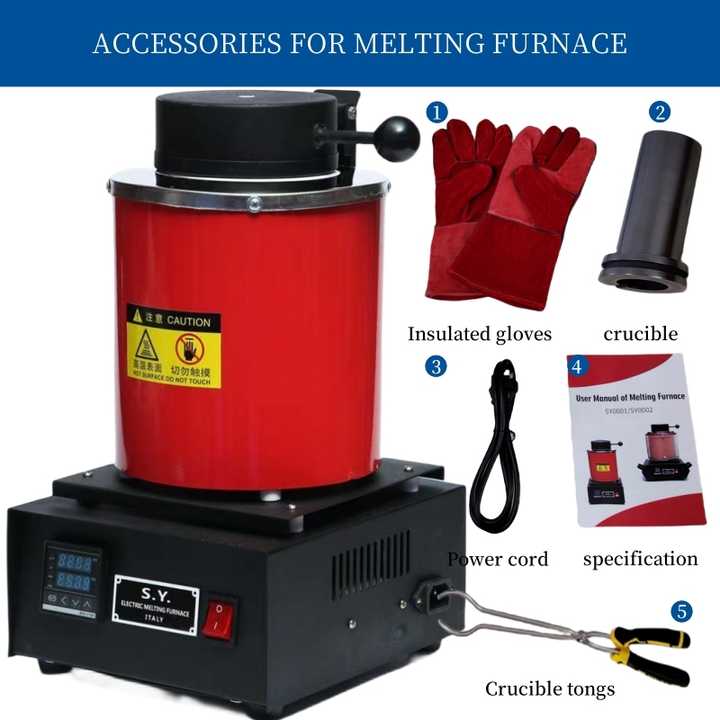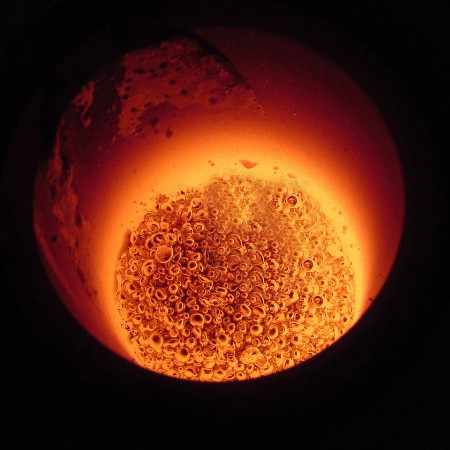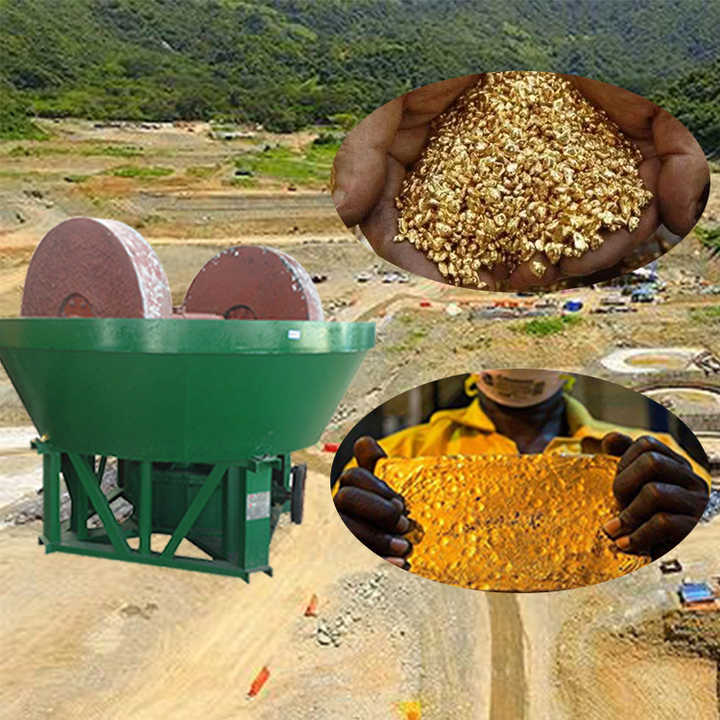smelting gold from computers
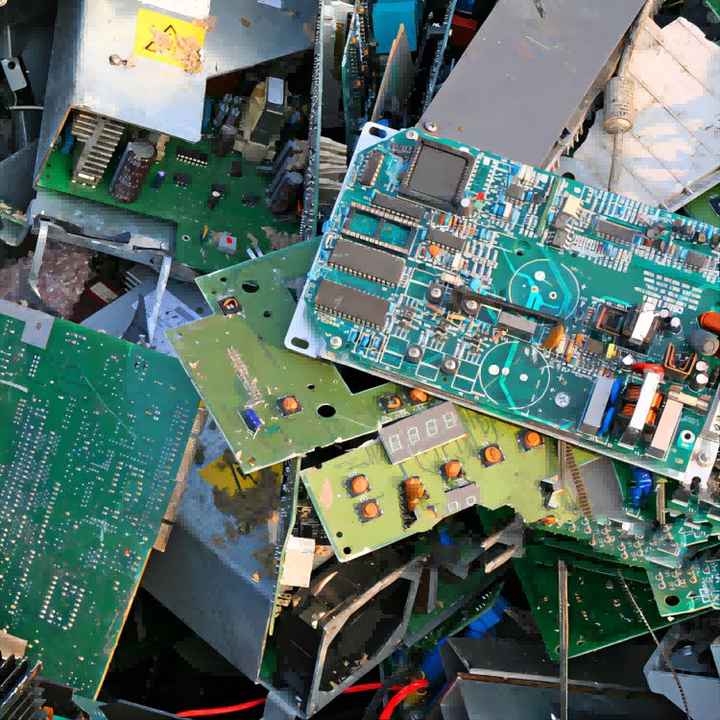
Smelting Gold from Computers
Smelting gold from computers is an intriguing process that taps into the value of electronic waste, commonly known as e-waste. As technology advances and electronic devices become obsolete, they often contain precious metals like gold, which can be extracted and refined. This article explores the methods, benefits, and considerations involved in smelting gold from computers.
Understanding E-Waste and Gold Content
Computers, smartphones, and other electronic devices are often rich in valuable metals. Gold is used in various components, including circuit boards, connectors, and microchips, due to its excellent conductivity and resistance to corrosion. While the amount of gold in a single device may seem minimal, the cumulative value from recycling e-waste can be significant.
The Process of Smelting Gold from Computers
Collection and Preparation
The first step in smelting gold from computers is collecting the e-waste. This includes old computers, motherboards, and other electronic components. Once collected, the devices must be disassembled to separate valuable parts. This process often involves removing screws, disconnecting cables, and extracting circuit boards.
Chemical and Physical Separation
Before smelting, it’s essential to separate the gold-containing components from other materials. This can be done using both chemical and physical methods:
- Chemical Processes: Chemicals like hydrochloric acid and nitric acid can dissolve unwanted metals while leaving gold intact. This method requires careful handling and safety precautions due to the toxic nature of the chemicals used.
- Physical Processes: Mechanical separation methods, such as shredding and screening, can help isolate gold-bearing materials from plastics and other non-metallic parts.
Smelting Process
After separating the gold-containing materials, the next step is smelting. This involves heating the materials to a high temperature in a furnace. A flux, such as borax, is often added to help remove impurities and create a more fluid slag. As the materials melt, the gold settles at the bottom, allowing it to be poured off and cooled into ingots.
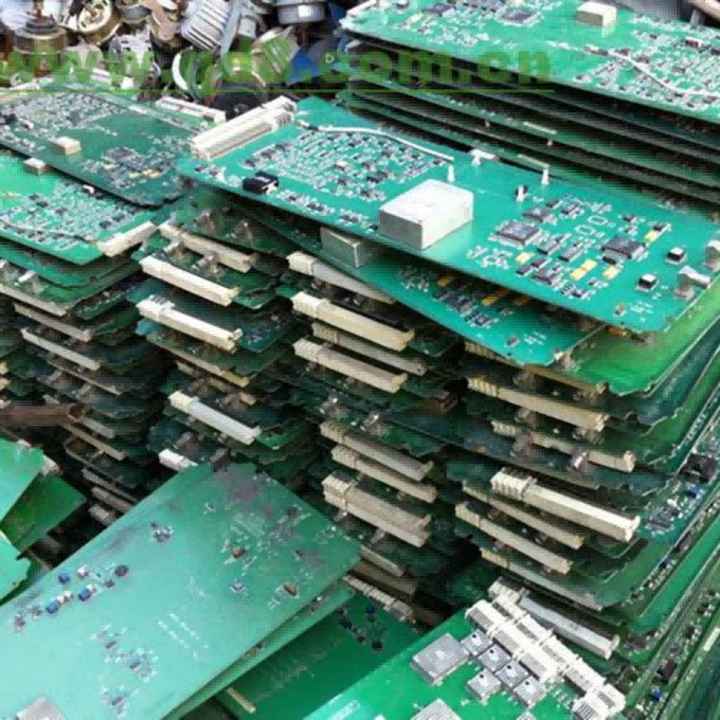
Benefits of Smelting Gold from Computers
Environmental Impact
One of the most significant benefits of smelting gold from computers is the positive environmental impact. E-waste is a growing concern, with millions of tons generated annually. By extracting gold and other precious metals, we can reduce the amount of waste in landfills and promote recycling.
Economic Value
Recovering gold from e-waste can be economically advantageous. The rising prices of gold make it financially viable to recycle old electronics, providing an alternative revenue stream for individuals and businesses involved in e-waste management.
Resource Conservation
Smelting gold from computers also helps conserve natural resources. Mining for gold can be environmentally destructive, leading to habitat loss and pollution. By recycling existing materials, we reduce the need for new mining operations, thus preserving natural ecosystems.
Considerations and Safety
While smelting gold from computers offers numerous benefits, it’s essential to consider the safety and environmental implications. Working with chemicals and high temperatures poses risks, so proper safety gear and ventilation are crucial. Additionally, ensuring compliance with local regulations regarding e-waste recycling is vital to minimize environmental impact.
Smelting gold from computers is a valuable process that not only recovers precious metals but also addresses the growing problem of electronic waste. By understanding the methods involved and their benefits, individuals and businesses can contribute to a more sustainable future. As technology continues to evolve, the importance of recycling e-waste and extracting valuable materials will become increasingly significant in the quest for resource conservation and environmental stewardship.












